
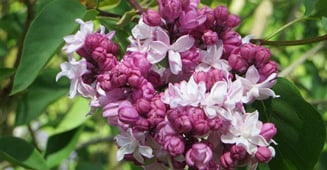
Contributor
- Topics: Archive
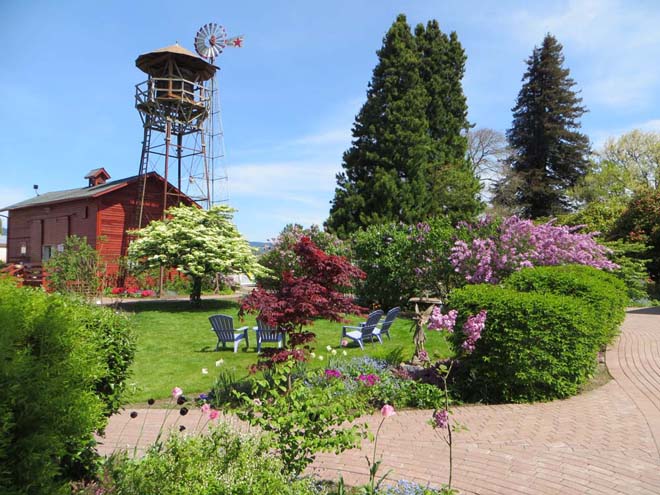
Our timing was perfect! Last year my wife, Rene, and I began our spring vacation in a garden filled with color, fragrance, and history. On previous trips through southern Washington we’d seen signs along I-5 for the Hulda Klager Lilac Garden in Woodland, Washington, but we were usually too early or too late to catch peak bloom. Not this time. Staying in nearby Vancouver, we spent two days taking in the wonderful lilacs and their stories.
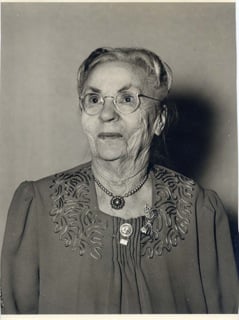
Hulda Thiel (1864–1960) was born in Germany on May 10th and arrived in North America when she was two. The Thiel family pioneered in Wisconsin and Minnesota before settling in Lewis County, Washington, near the town of Woodland when Hulda was 13. In her early teens, Hulda married Frank Klager.
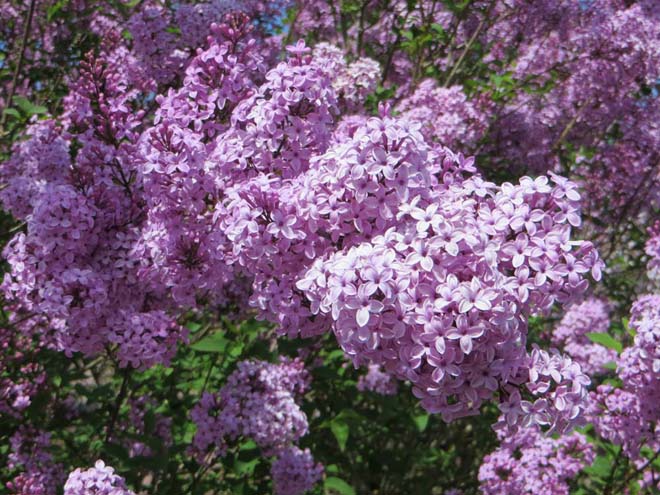
Mrs. Klager’s interest in horticulture began at home. She studied botany and read gardening books and catalogs. From New Creations in Plant Life by W.S. Harwood (Macmillan Co., 1905) she learned of the work and methods of Luther Burbank. Mrs. Klager began hybridizing lilacs in 1905, and in just five years created 14 new cultivars. The cornerstones of her crosses, her “Magic Three” according to lilac expert Father John Fiala, were Syringa vulgaris ‘Mme. Casimir Périer’, a fine double white bred by Lemoine in 1884, S. v. ‘President Grevy’, a double blue bred by Lemoine in 1886, and S. v. ‘Andenken an Ludwig Späth’, an excellent purple bred by Späth in 1883. Hulda’s breeding objectives were to create vigorous, disease-resistant plants; extend the plant’s flower color range intoclear blue, pink, and rose; and to create variations in flower cluster forms and floret size. In his book Lilacs, A Gardener’s Encyclopedia, Fiala states that Hulda Klager introduced more than 100 cultivars. The “Lilac Lady of Woodland” died in 1960 at the age of 96.
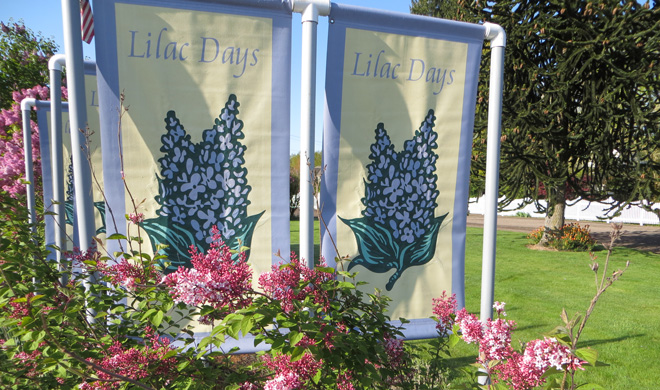
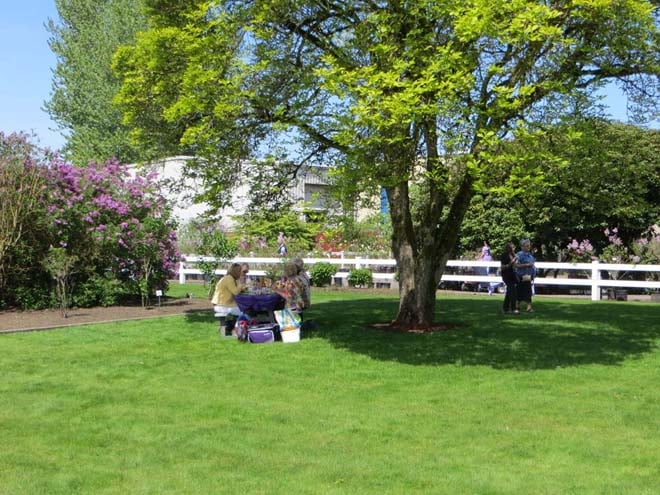
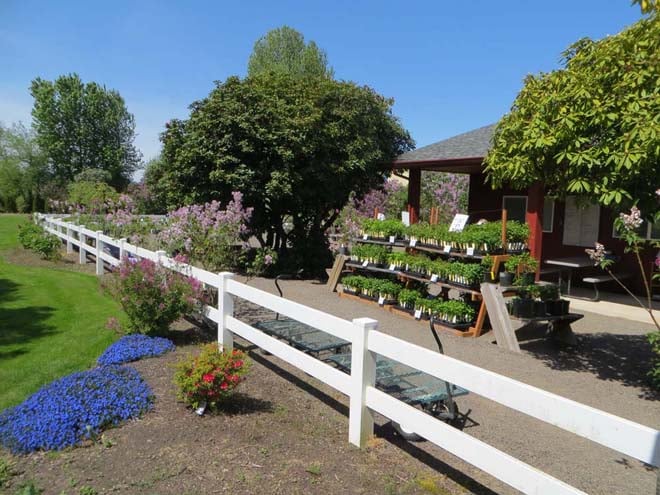
Hulda Klager Lilac Garden officially opened in 1976 and today is a State and National Historic Site. Hulda’s home, a restored Victorian farmhouse, and its surrounding gardens are owned and maintained by the Hulda Klager Lilac Society, a non-profit organization that relies on a dedicated workforce of volunteers. The garden is open throughout the year, but activity peaks in spring with Lilac Days, an annual festival held each year from mid-April through Mother’s Day. Tours of the historic farmhouse with photos of Hulda and documentation of her work, as well as a gift shop and lilac sales draw visitors from around the world.
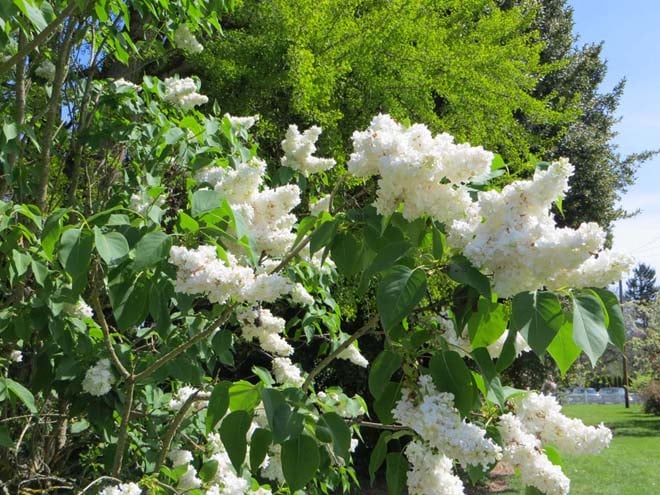
Back to our visit. At the garden’s entrance, Rene and I were greeted by a volunteer, paid our modest admission, and received some literature. We began by casually walking around the historic farmhouse and through beds filled with azaleas, boxwood, camellias, ferns, rhododendrons, and other old fashioned garden plants. The first lilac we encountered was ‘Madame Lemoine’, a snowy white double located beneath a towering Ginkgo biloba. We continued our stroll onto a grassy area and along the southern border to the west where we found ourselves surrounded by hundreds of lilacs. Arranged in groups, rows, and single specimens, the many plants were budded and blooming. Rather than being overwhelmed, we loved it! Like those around us, we enjoyed the color, fragrance, shape, and size of all the different lilacs.
Whether you live in the Pacific Northwest or are planning a visit, mark your calendar for Lilac Days at the Hulda Klager Lilac Garden, April 19 through May 11, 2014. The wonderful colors and heavenly scents of lilacs await you.
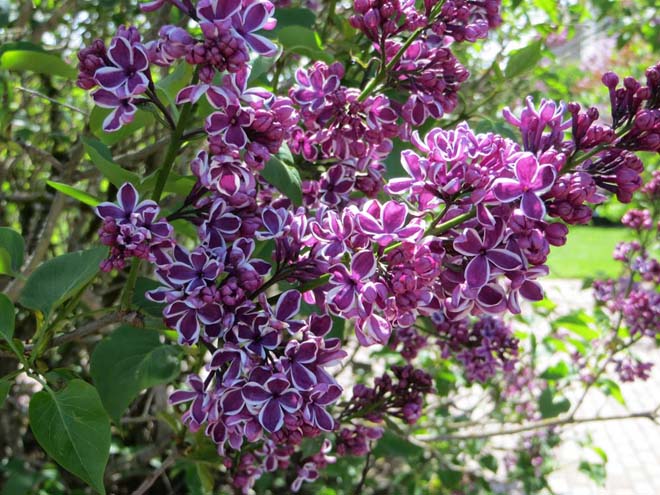
Lilac (Syringa species and cultivars)
Native to woodland and scrub regions from southeastern Europe to eastern Asia, lilacs are a flowering woody plant in the olive family (Oleaceae). They are widely grown in temperate regions and valued for their fragrant blooms in spring. The genus contains more than 20 species and over a thousand named cultivars. Common lilacs (Syringa vulgaris), often referred to as French hybrids, make up the majority of garden favorites.
The following plants were especially remarkable at the time of our visit:
[sidebar]
For further information
Hulda Klager Lilac Gardens www.lilacgardens.com
Lilacs, A Gardener’s Encyclopedia, by Father John L. Fiala (revised and updated by Freek Vrugtman) Timber Press. (Author’s note: Fiala created 78 lilac cultivars and founded the International Lilac Society. His book is considered by some to be the Bible of lilacs.)[/sidebar]
Share:
Social Media
Garden Futurist Podcast
Most Popular
Videos
Topics
Related Posts
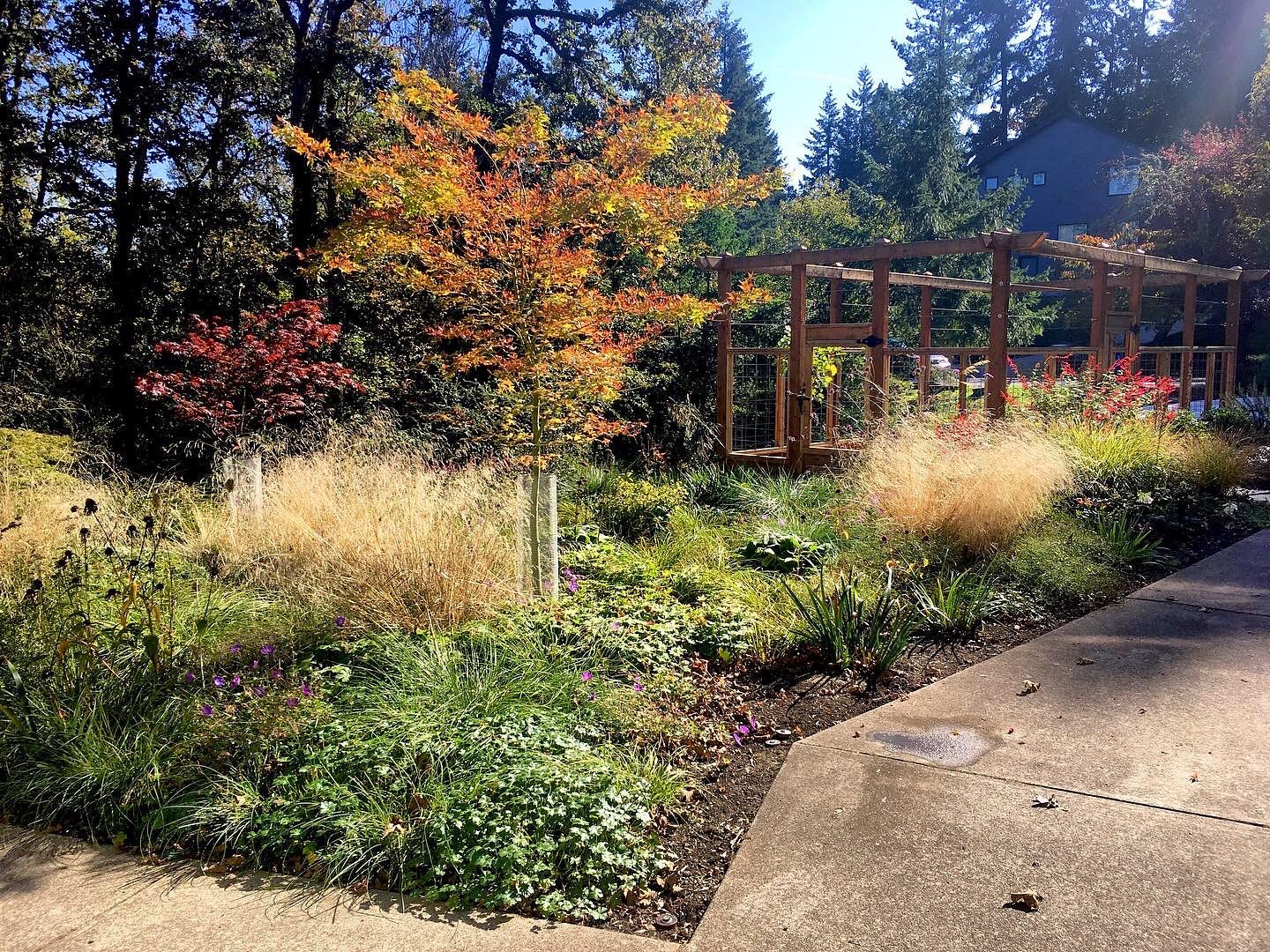
Low Maintenance Gardens – Better for Pollinators and People
Autumn 2022 “I come out every day. It’s therapy, my meditation.” Janet’s young garden transformed from overgrown, invasive plants to mostly natives. The dailiness of
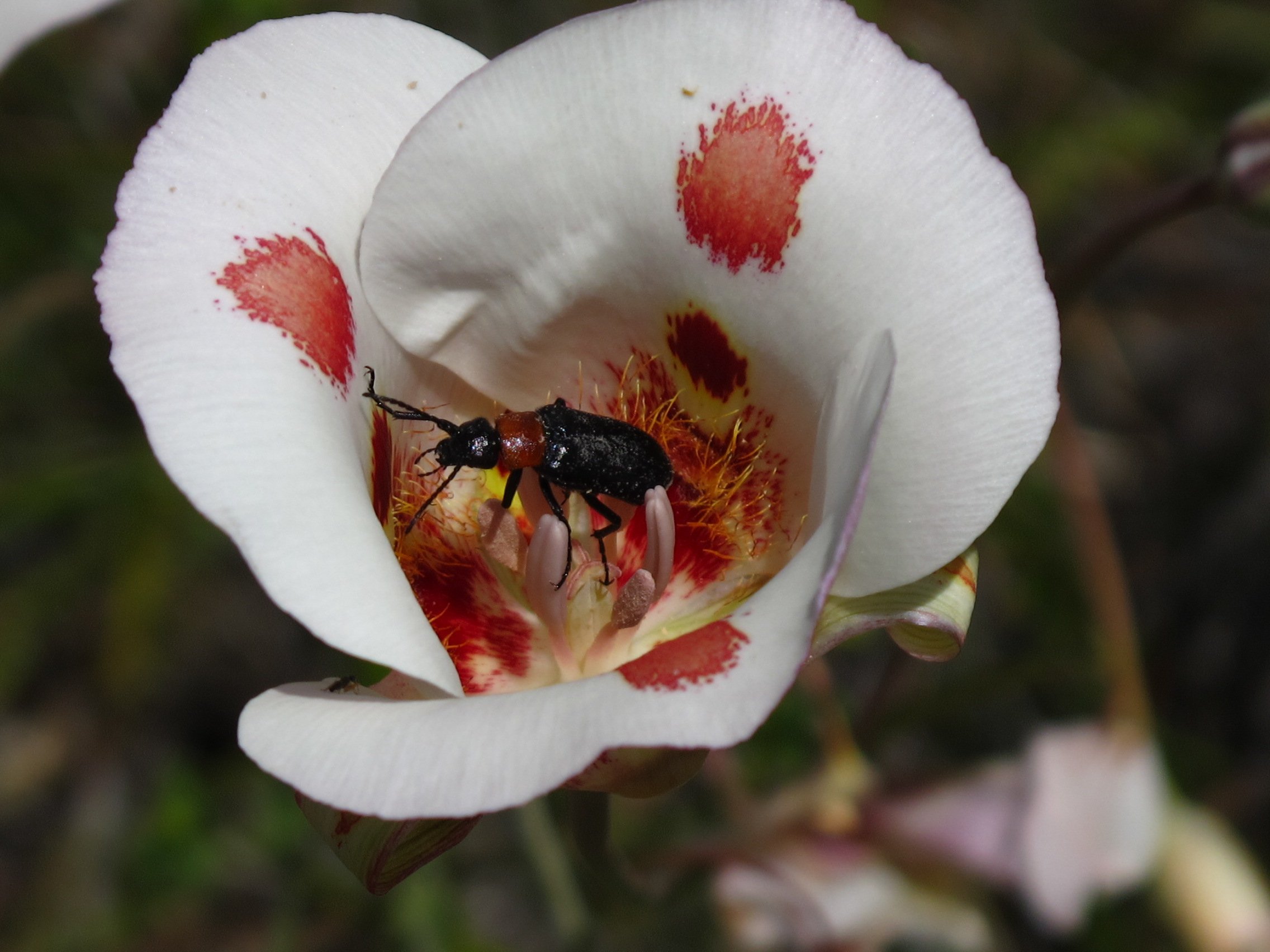
Calochortophilia: A Californian’s Love Affair with a Genus
Summer 2022 I can chart the progression of my life by Calochortus. For the last two decades, at least. As a teenage girl growing up
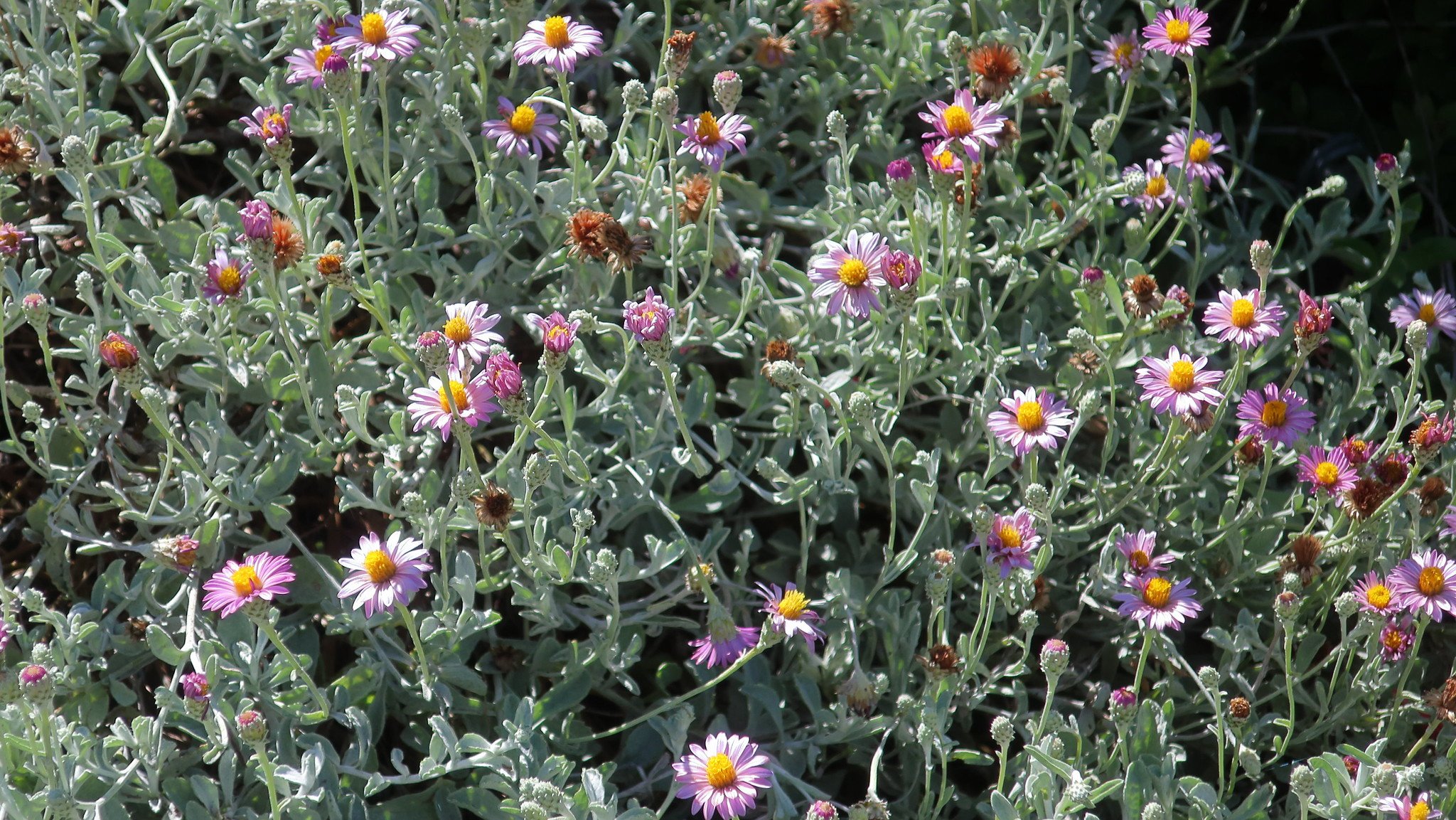
Pacific Plant People: Carol Bornstein
Spring 2022 Public gardens play a key role in demonstrating naturalistic planting design, selecting native and adapted plants for habitat, and testing techniques for reducing
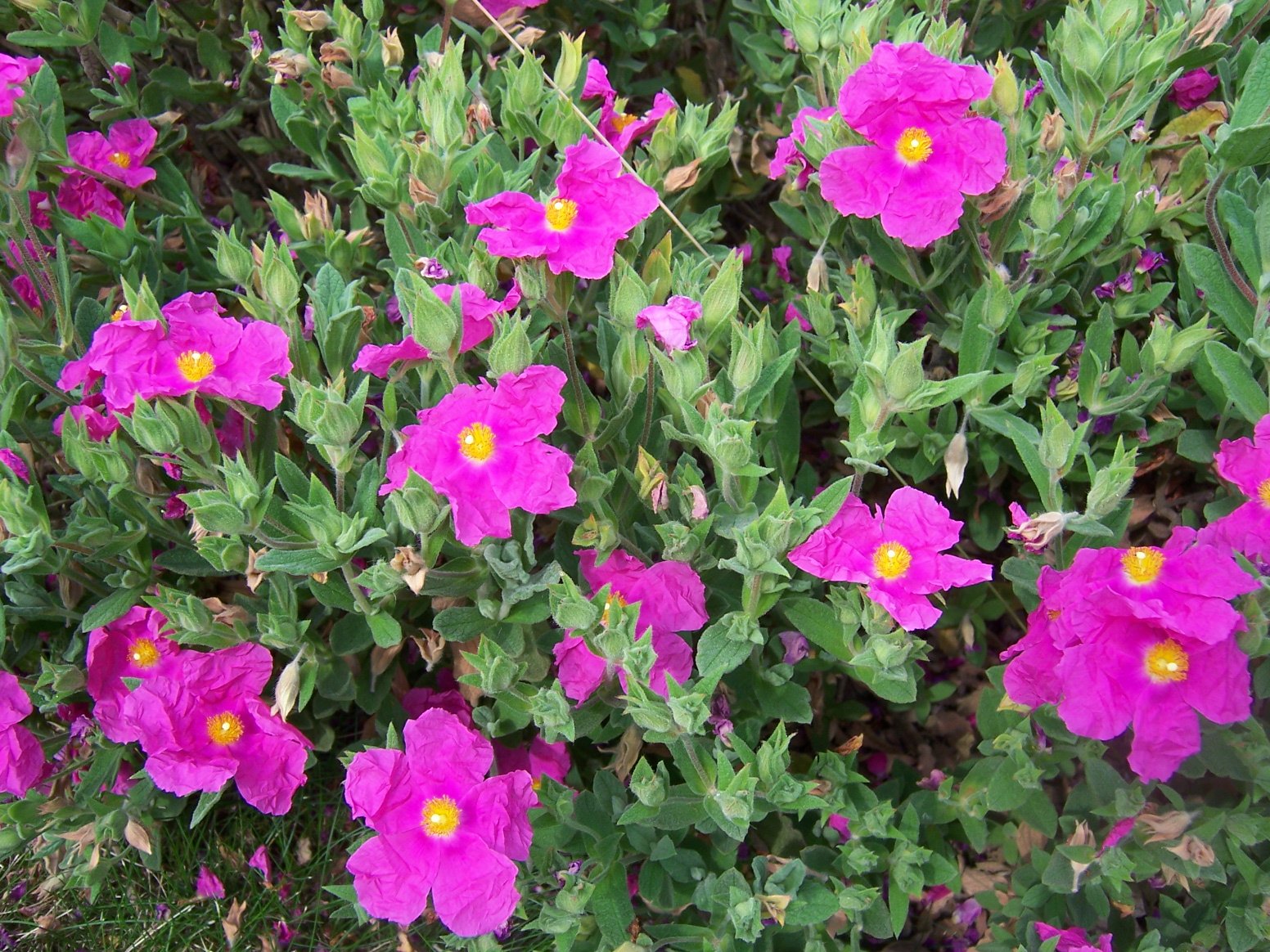
Add Year-Round Interest and Winter Blooms for Pollinators
Spring 2022 This article was created from an Interview by Merrill Jensen with Neil Bell in the Summer of 2021 for our Pacific Plant People


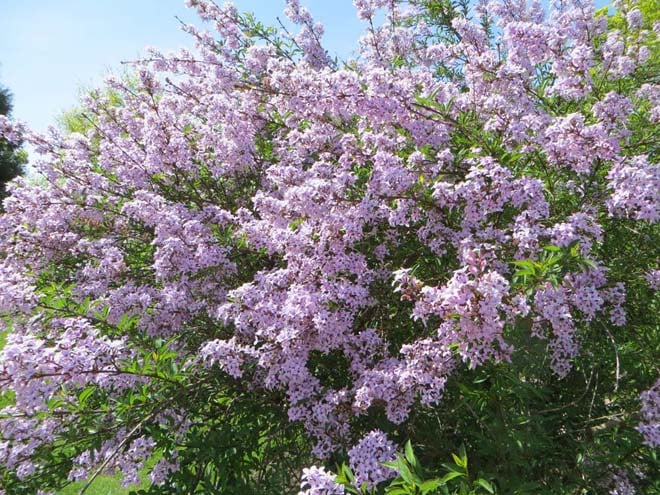
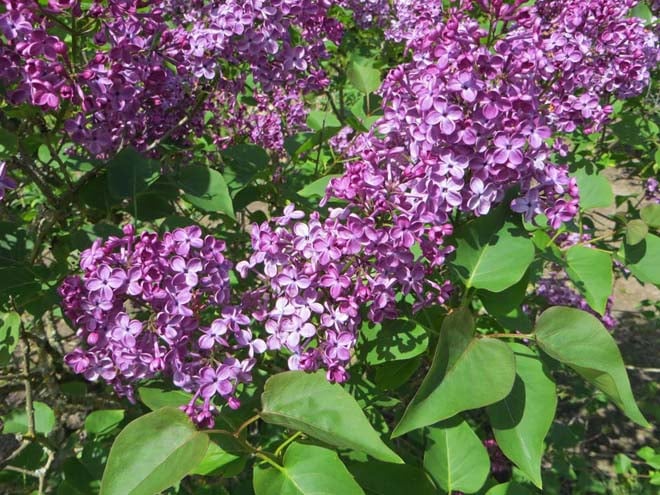
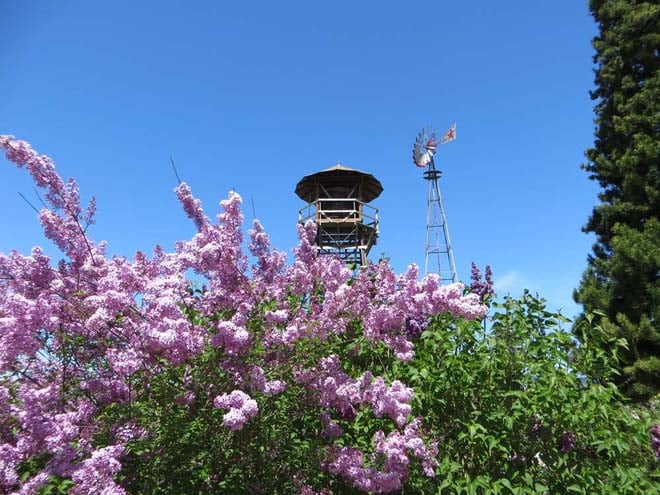
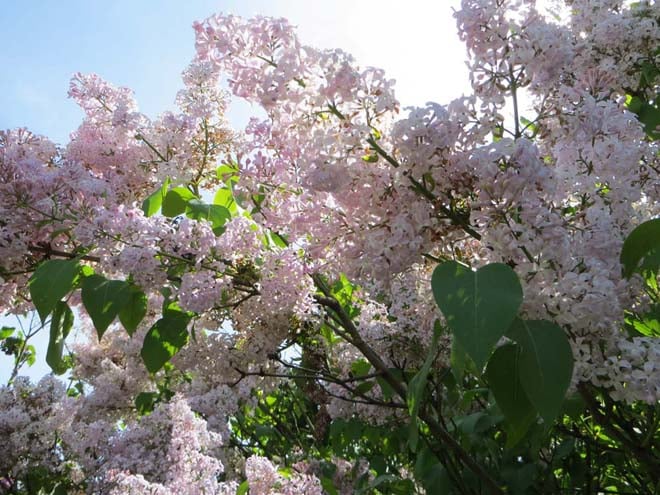
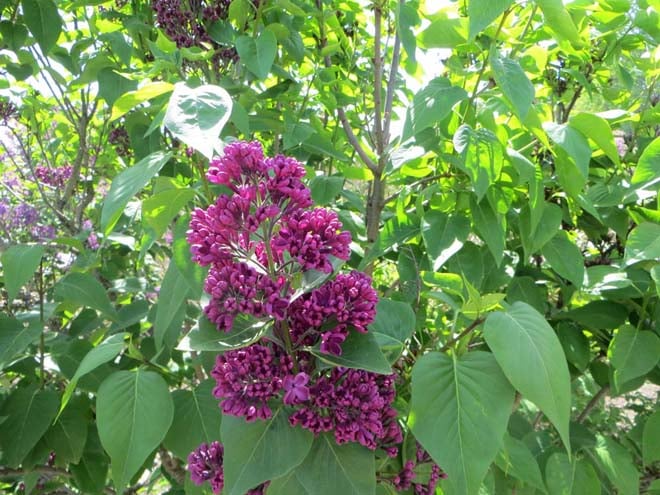
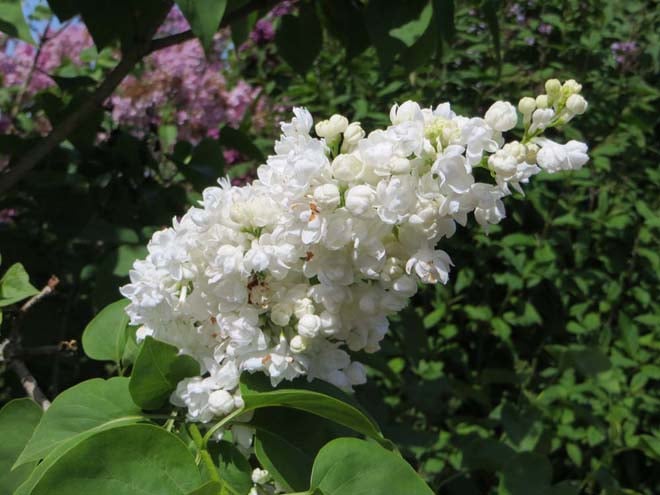
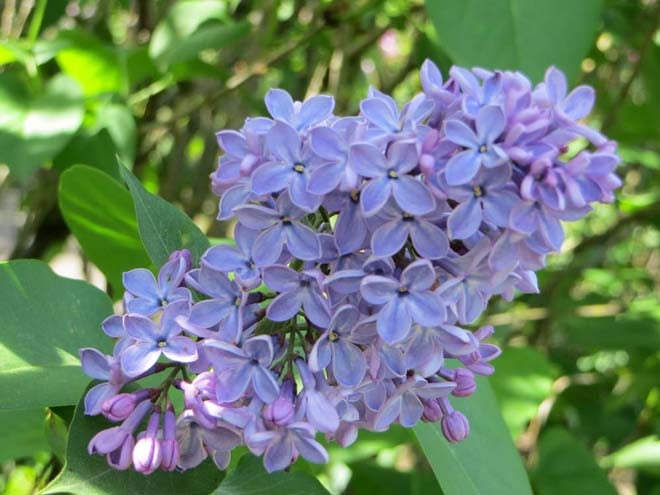

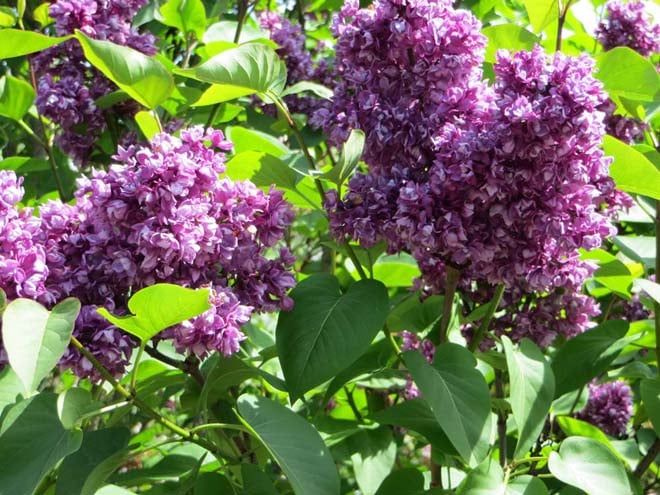
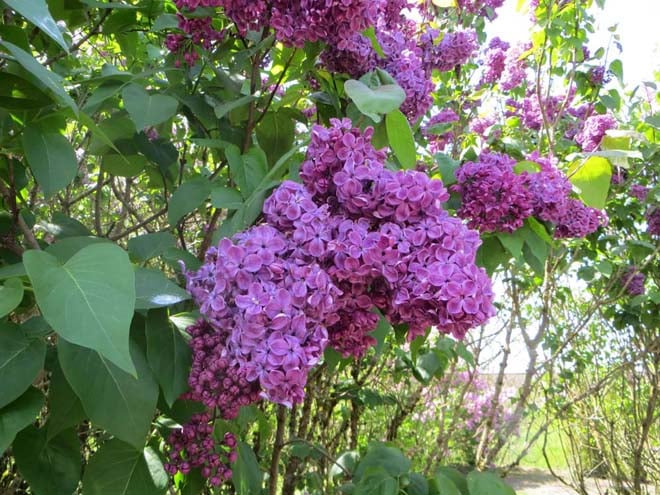
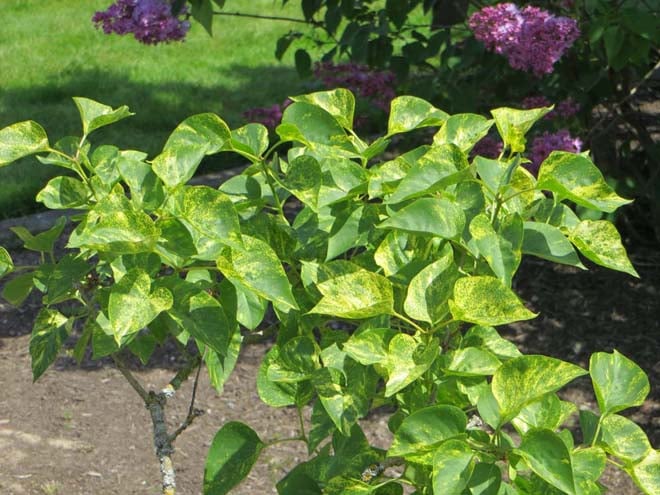

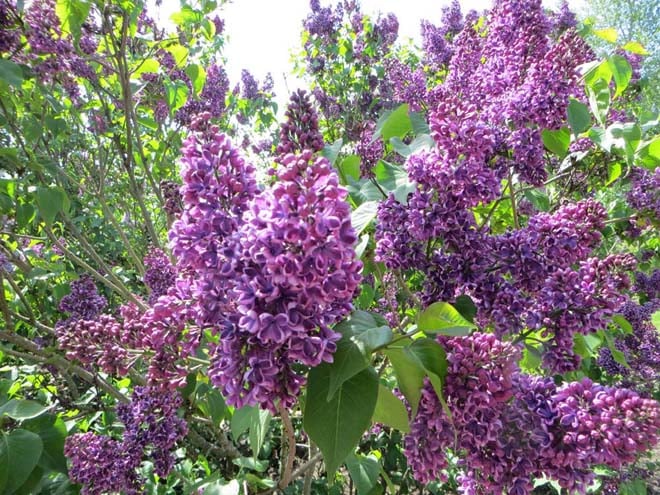



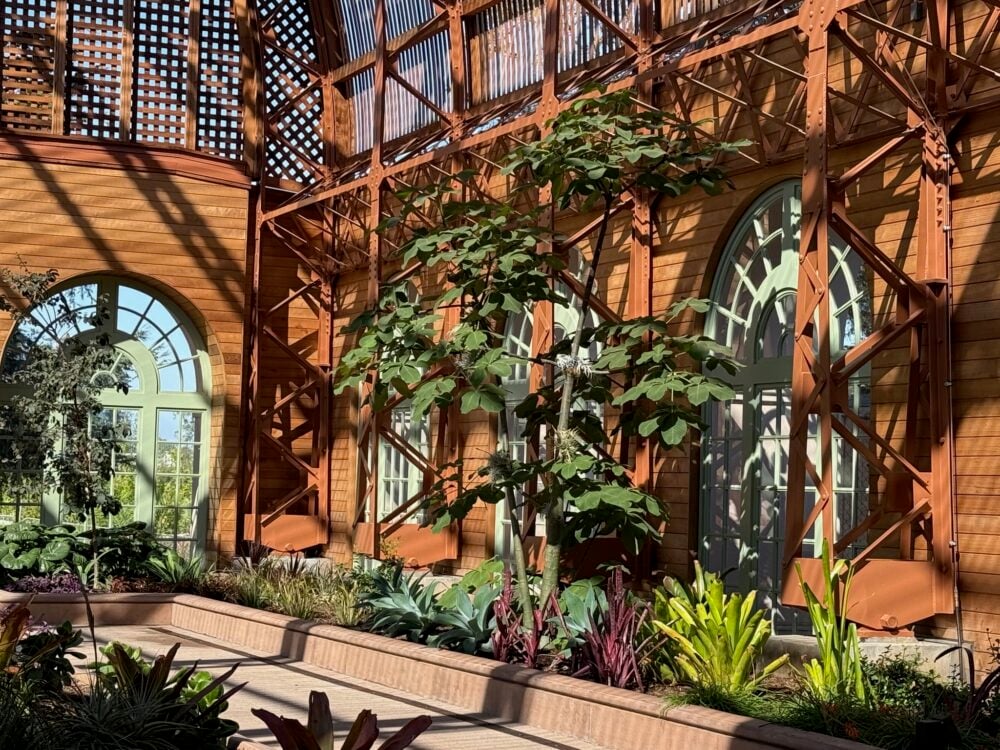
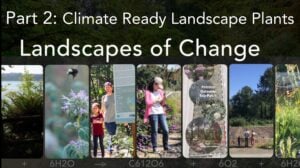

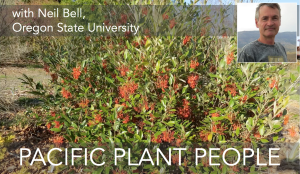
Responses